
July 11 2022

Modern slitter rewinders have come a long way since the early days of converting. Though they perform the same function, the options offered in today’s slitter rewinders make operating these machines easier and faster. These options solve problems that have frustrated operators and assist in producing top quality finished rolls.
As an operator it can be cumbersome and downright frustrating aligning cores to the knives when setting up runs for different finished roll sizes. Often times these finished roll sizes don’t change much from run to run. However, for most converting facilities core and knife changes are common and setup between these changes are often time consuming. Aligning a slit edge to the core edge is necessary for clean packages but can take time to assure that those edges align properly.
The optional laser core alignment system is the ideal solution to speed up the process and assure a perfectly aligned edge each and every time. This system works by utilizing two lasers, one on the rewind side of the slitter pointing at the cores and another on the slitting side pointing at the slitting knives. Once the desired slit pattern is entered and the cycle is initiated by the operator at the control station, the laser pointer moves to the first cut position and the operator aligns a knife to the laser line. A corresponding line is cast by the laser on the rewind side of the machine, which the operator uses to align the edge of a core. This sequence continues until all knives and cores are positioned for the upcoming run. The servo-guided laser pointers are not only accurate, but the intuitive operator interface does all the math necessary to distribute the slit strips in a balanced pattern across the machine width to achieve an ideal setup.
Another complementary offering to the laser core alignment system is the ability to store setups and run conditions in the form of recipes. This powerful tool provides a way for the operator to capture slit patterns and machine operating parameters, associate these to a unique name or number, and store them for fast and accurate machine setup on future runs. Recipes can also be used as a starting point to set the machine parameters for what has worked well in the past on similar products and then minor adjustments can be made by the operator to accommodate subtle differences in the properties of the web material being processed. Think of it as an electronic logbook that has all the operating conditions that have worked well in the past in one central location for all operators to use.
If you have any questions about Dusenbery Converting System’s laser core alignment system, or if you have an application that you would like to discuss, please use the contact form below: